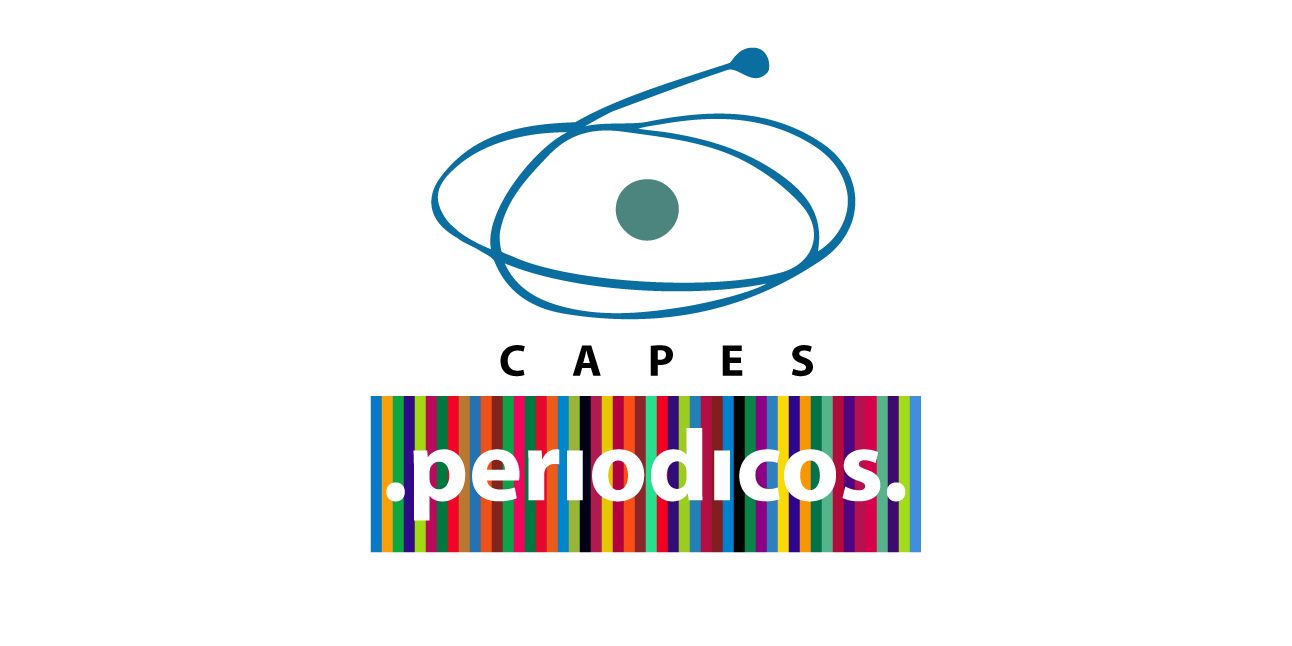Attractive Baits for the Capture of Metamasius spp. (COLEOPTERA: CURCULIONIDAE) In The Commercial Planting of Heliconias
Keywords:
Attractive Baits, Metamasius, Agricultural Entomology, Tropical FlowersAbstract
Within the context of the management of weeds in tropical flowers, current analysis (1) verified the occurrence (%) of Coleoptera, underscoring Metamasius Horn (Curculionidae) in the planting of heliconias; (2) evaluated the food attractiveness and pheromone in the capture of adult insects; (3) observed and reported the occurrence of natural enemies. Sixteen PET traps were placed in a heliconia commercial area (14º 33’S; 39º 19’W; 142 m) in Uruçuca BA Brazil. The following treatments were employed as baits: sugarcane stalks (T1), sugarcane stalk + pheromone (RMD-1®) (T2), pseudo-stem of heliconias (T3) and pseudo-stem of heliconias + pheromone (RMD-1®) (T4). The insects were removed fortnightly from the traps and the food baits were replaced; change of pheromone occurred every sixty days. The highest number of insects was captured in traps with sugarcane stalks + pheromone and in sugarcane stalks. The species Metamasius hemipterus (L.), M. canalipes (Gyllenhal), M. distortus (Gemminger & Harold) and M. bisbisignatus (Gyllenhal) were identified. Metamasius adults were infected with entomopathogenic fungi and specimens of Histeridae (Hololepta Payk and Omalodes Erichson), which prey on larvae, were captured. Traps with only attractive baits consisting of sugarcane stalks are a low-cost alternative for the massive capture of insects in areas with heliconias.Downloads
Published
2014-11-04
How to Cite
Carneiro, J. R., Melo, E. A. dos S. F., & Bittencourt, M. A. L. (2014). Attractive Baits for the Capture of Metamasius spp. (COLEOPTERA: CURCULIONIDAE) In The Commercial Planting of Heliconias. Iniciação Científica Cesumar, 16(2). Retrieved from https://periodicos.unicesumar.edu.br/index.php/iccesumar/article/view/3789
Issue
Section
Artigos de Iniciação Científica
License
The Editorial Board is authorized to make certain changes in the original text to comply with bibliographical norms, orthography and grammar, so that standards in language and style may be maintained. However, the author´s style will be preserved. The concepts developed by the authors are their exclusive concern and responsibility.In case of approval, the e-mail of acceptance will contain a Letter of Copyright with authors´ name, personal data, and signature of all authors.






